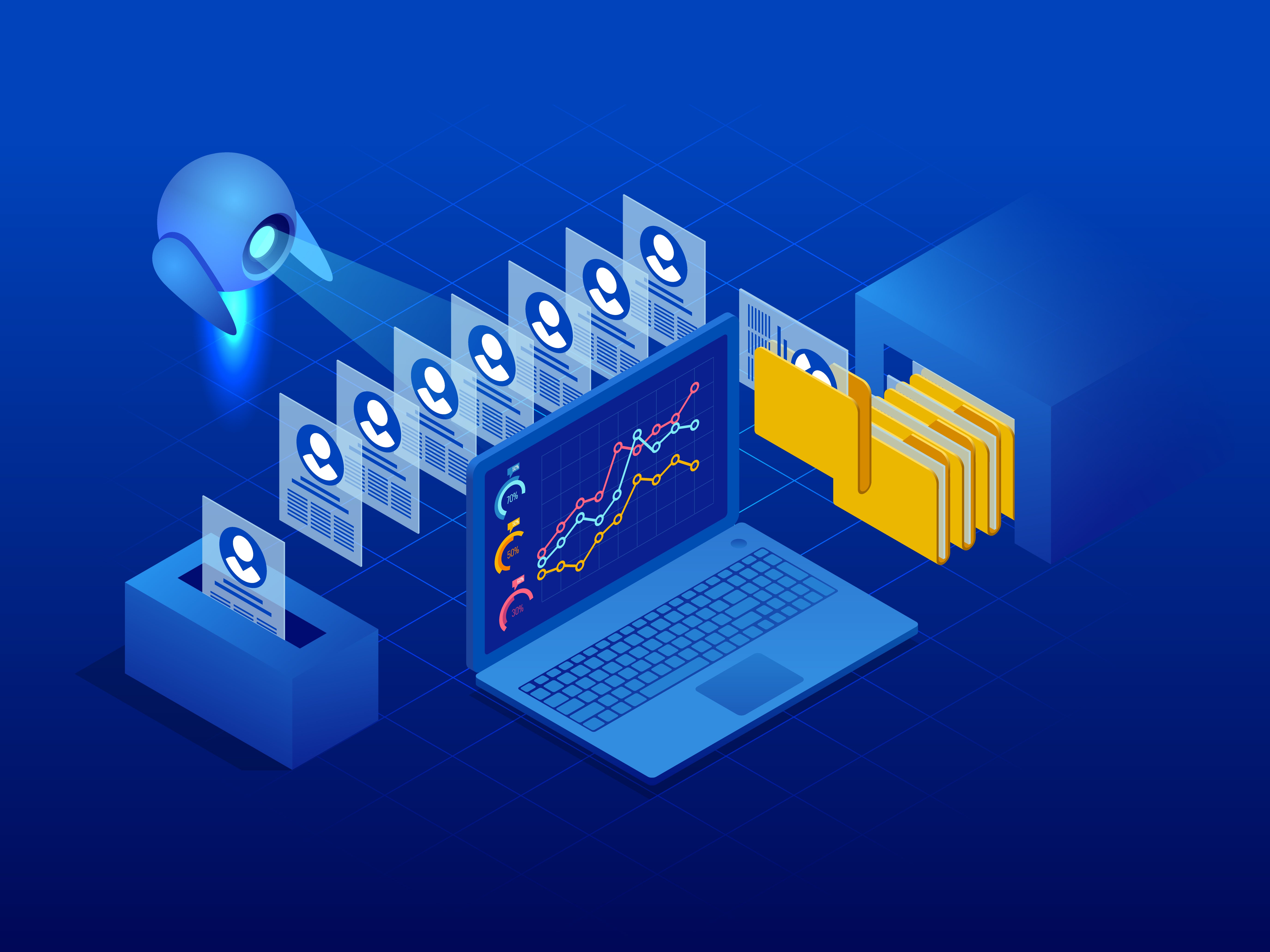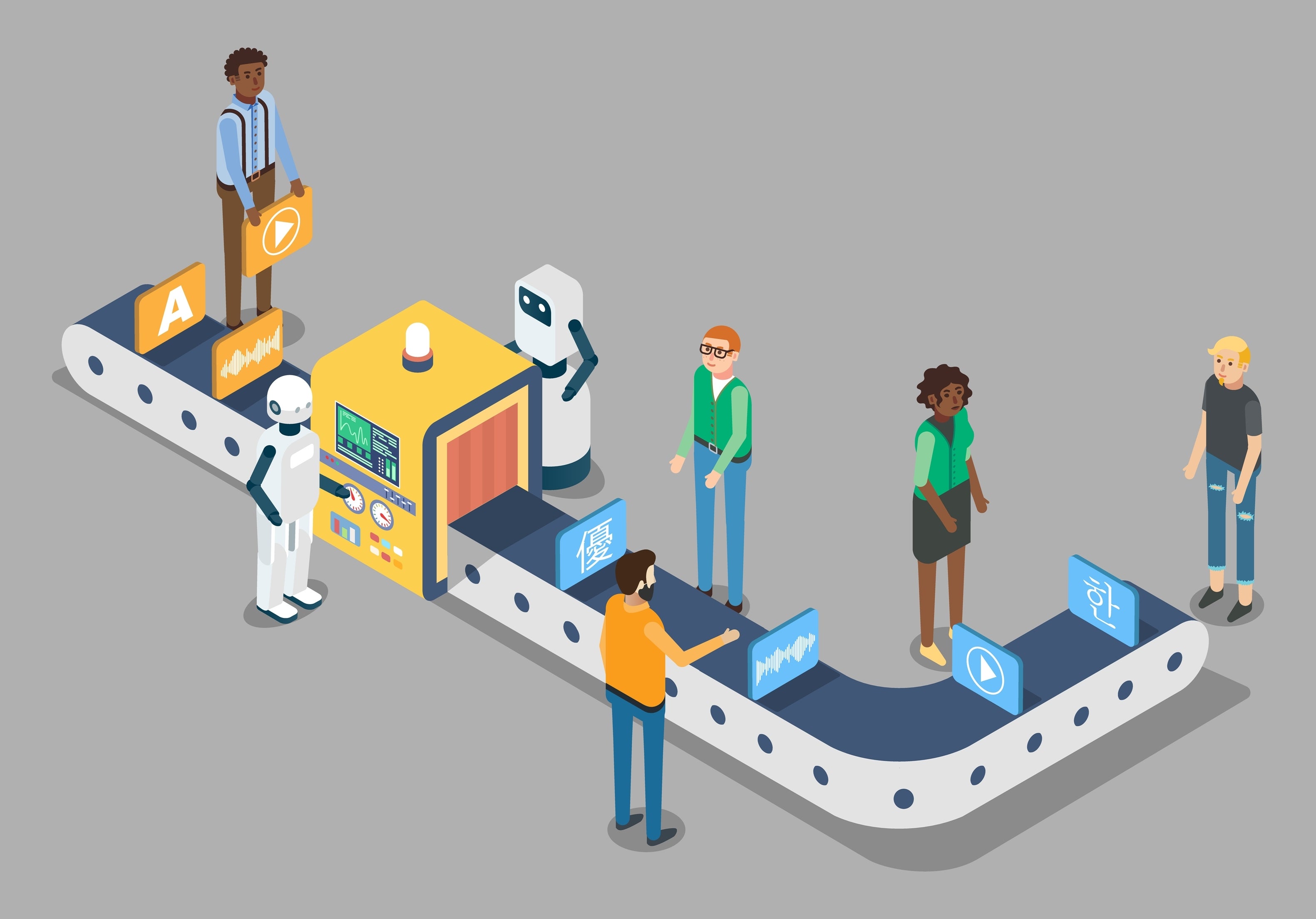Banner artwork by FGC / Shutterstock.com
A cause for concern?
In recent years, the use of artificial intelligence (AI) has permeated various aspects of our lives, transforming industries and society alike. And it’s no secret that a lot of the content published about the use of AI is focused on many of the potential harms — from bias in algorithms, to spread of misinformation, to employment displacement.
While there are concerns about bias and potential harms associated with AI, when properly designed and implemented, AI can be a powerful tool for promoting diversity, equity, and inclusion (DEI) in the workplace and society at large. In this article, we will explore the potential benefits of AI for DEI, while offering tangible tips and suggestions for ensuring compliance with relevant laws and other legal framework.
Recognizing bias and harms
While not the focus of this article, before delving into the positive impact of AI on DEI, it is essential to at least acknowledge the bias and potential harms associated with its deployment. AI is only as good as the data that feeds it. AI systems, when trained on biased data or developed without proper human oversight, can inadvertently perpetuate and amplify existing biases.

For example, biased algorithms can lead to discriminatory outcomes in hiring practices or perpetuate racial and gender stereotypes in advertising. It is also important to understand that with data, correlation is not necessarily indicative of causality, which is why programmers have to be extremely diligent in understanding how AI draws conclusions. Additionally, it is a known phenomenon that generative AI has been known to hallucinate, or generate responses that may sound plausible but are factually incorrect, such as made up case law.
AI is only as good as the data that feeds it.
The bottom line is the data AI learns from has to be high quality, and users need to be able to explain how results are reached. Perhaps the most important takeaway at this time is that AI is not a complete substitute for human oversight and involvement.
The potential of AI for DEI
Setting the gloom and doom aside, the possibilities of using AI for DEI is exciting. Here are a few ideas:
1. Bias detection and mitigation
AI can help identify and mitigate biases that exist within organizations and systems. By analyzing vast amounts of data, AI algorithms can flag instances of bias in hiring processes, compensation structures, or performance evaluations.
For example, AI can be used to analyze whether language that a manager is using in a performance evaluation is biased. The goal is that this awareness requires the manager to “check” their unconscious biases and remove them from playing a role in evaluating an employee’s performance. Alternatively, if the feedback is justified, it requires the manager to use different words so that the feedback is specific, tangible, and objective.

2. Diverse candidate sourcing
AI-powered tools can help organizations expand their candidate pool and reach out to individuals from diverse backgrounds. By leveraging AI for talent acquisition, employers can remove unconscious biases from the hiring process, increase the chances of discovering talented candidates from underrepresented groups, and build more diverse teams. For example, AI can be used to strip gendered or biased language from job postings that may dissuade some candidates from applying because they don’t “see themselves” in the job description. It can also be used to remove personal identifiable information from resumes so that hiring panels are focusing on skillset and experience rather than personal information that may result in hiring decisions being made on affinities as opposed to qualifications.
By leveraging AI for talent acquisition, employers can remove unconscious biases from the hiring process, increase the chances of discovering talented candidates from underrepresented groups, and build more diverse teams.
3. Inclusive communication and accessibility
AI can contribute to fostering inclusive communication by providing tools for automatic translation, transcription, and summarization. These technologies can enhance collaboration among teams with diverse linguistic backgrounds and assist individuals with hearing impairments. By making communication more accessible, AI helps to create an inclusive environment for all employees.

4. Personalized learning and development
AI-powered learning platforms can deliver personalized training and development programs tailored to individual employees. This approach ensures that employees from different backgrounds receive equal opportunities for growth and advancement, regardless of their starting point. By accounting for diverse learning styles and needs, AI can facilitate an inclusive learning culture within organizations.
Tips for ensuring compliance with current and future laws
1. Diverse and representative datasets
To minimize bias in AI systems, organizations should prioritize data collection from diverse sources in the design and development of AI systems with the goal of building comprehensive datasets that accurately reflect the diversity of the population.
2. Regular auditing and testing
To identify and rectify potential biases or discriminatory outcomes, organizations should continuously evaluate their algorithms for fairness and consider conducting third-party audits (someone other than the vendor selling the product to the organization) to provide an unbiased assessment.
3. Transparent decision-making processes
Organizations should ensure that the decision-making processes driven by AI are explainable and provide clear justifications for outcomes. Organizations should also be transparent with candidates and employees regarding the use of AI, including why and how it’s used. This transparency can help individuals understand and address potential biases while also building trust with candidates and employees who are being evaluated by AI.
4. Compliance with legal and ethical frameworks
Organizations should familiarize themselves with existing laws and regulations concerning AI, such as data protection and anti-discrimination legislation, including the obligation to provide accommodations to those who cannot use AI or need assistance with AI. Staying informed about emerging legal frameworks is equally important to ensure ongoing compliance and to adapt AI systems accordingly.
Transforming AI in the workplace
While bias and potential harms exist in the realm of AI, it is essential to recognize the transformative potential of this technology in promoting diversity, equity, and inclusion. By proactively addressing bias, fostering inclusive practices, and adhering to current and future laws, organizations can harness AI as a powerful tool designed to make people of various backgrounds feel welcome and ensure they have support to perform to their fullest potential in the workplace.
Disclaimer: The information in any resource in this website should not be construed as legal advice or as a legal opinion on specific facts, and should not be considered representing the views of its authors, its sponsors, and/or ACC. These resources are not intended as a definitive statement on the subject addressed. Rather, they are intended to serve as a tool providing practical guidance and references for the busy in-house practitioner and other readers.








